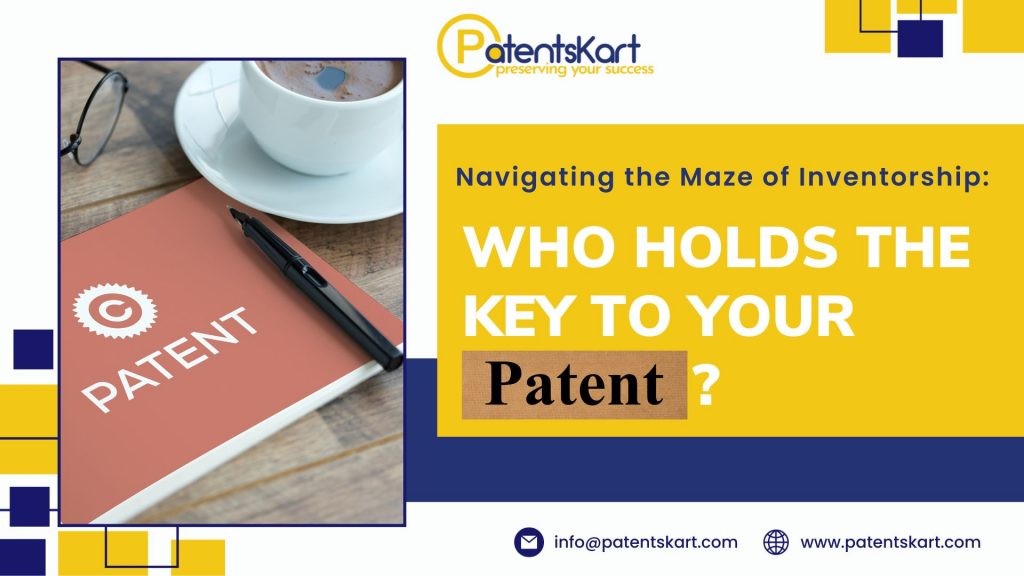Imagine you’ve spent years working hard to create a successful company that is covered by a strong patent. Then, out of nowhere, an old friend intervenes and asserts ownership of the invention that underpins your company’s success. They adamantly want a cut of your laboriously acquired riches, and, shockingly, the law might actually be on their side.
Establishing patent eligibility depends critically on identifying the invention’s genuine legal inventors. After all, patents are created by the inventors and can only be passed from them, occasionally automatically, to an employer. Leaving out this important detail can result in exorbitant arguments. During the early stages of discovery and patent application, the issue of inventorship is, nevertheless, frequently disregarded.
So who exactly meets the definition of an inventor? Legally, the person who came up with the creative idea is the inventor. What does that involve, though?
A creative thought necessitates asking two questions: What is it, and who came up with it? Who owns the intellectual property rights is the next question.
What is the inventive concept?
The creative concept is a brand-new idea that is put forth in comparison to what is already known. It’s not just any unique notion, though. Think of it as a technological fix for an issue with well-known systems. It’s not only about changing the color of the mousetrap; it’s about upgrading the closing mechanism. These solutions are the result of inventors.
While there may be a single, obvious innovative concept, patent applications may also contain other inventive concepts. These could be tiny but useful improvements to the core idea or wholly new innovations. Every original idea could have a different group of inventors, so it’s important to list every inventor in the patent application.
Also Read: How Patent Analytics Can Help You Maximize Your IP Strategy
Who Actually Devised These Concepts?
Finding the inventors becomes a legal matter that cannot be negotiated once the inventive concepts have been discovered. It is possible to agree on ownership, but inventorship is inviolable. In contrast to academic publications where supervisors are frequently acknowledged, inventorship has different criteria, particularly in the USA where erroneous inventor naming can result in the cancellation of a patent.
The people behind the creative idea are inventors. They pinpoint issues with current technology, come up with solutions, appreciate the importance of the outcomes, and use creativity to make ideas work. Inventors might be a group or a lone individual.
Contributors, on the other hand, may help but are not considered inventors. They could offer background information, conduct experiments, or do duties as directed without adding to the original idea. It is possible to acknowledge and appreciate their contributions, but this does not automatically result in the granting of patent rights.
Practical Measures to Safeguard Inventorship
It can be intimidating to navigate this complexity, but using useful strategies will make it easier. It is crucial to keep meticulous records, much like scientists keep lab books. Keep track of your thoughts, outcomes, and partnerships. Keep in mind that anyone offering valuable suggestions, even in a casual discussion, may be an inventor.
Consider creating a formal record of your innovation utilizing an invention disclosure form if you are confident about it. These forms assist in identifying the inventors by helping to narrow down the key innovations. To ensure correct inventor listing, complete this data as soon as possible.
In the world of patents, avoidance is preferable to treatment. It can save money in the long run to correctly identify inventors up front. Even though it could be a complex legal choice, speaking with a patent lawyer can offer priceless advice.
In conclusion, comprehending inventorship is crucial for preserving your patent rights. It’s essential for protecting your creative heritage and averting unanticipated legal issues.
Also Read: The Future of Patent Research Services: Emerging Trends and Innovations to Watch Out for







